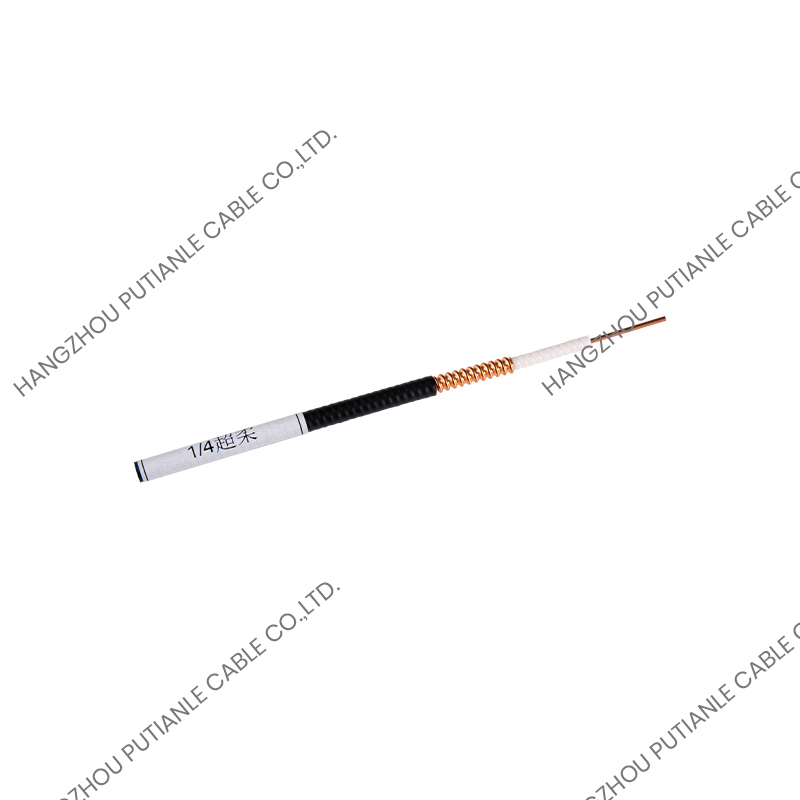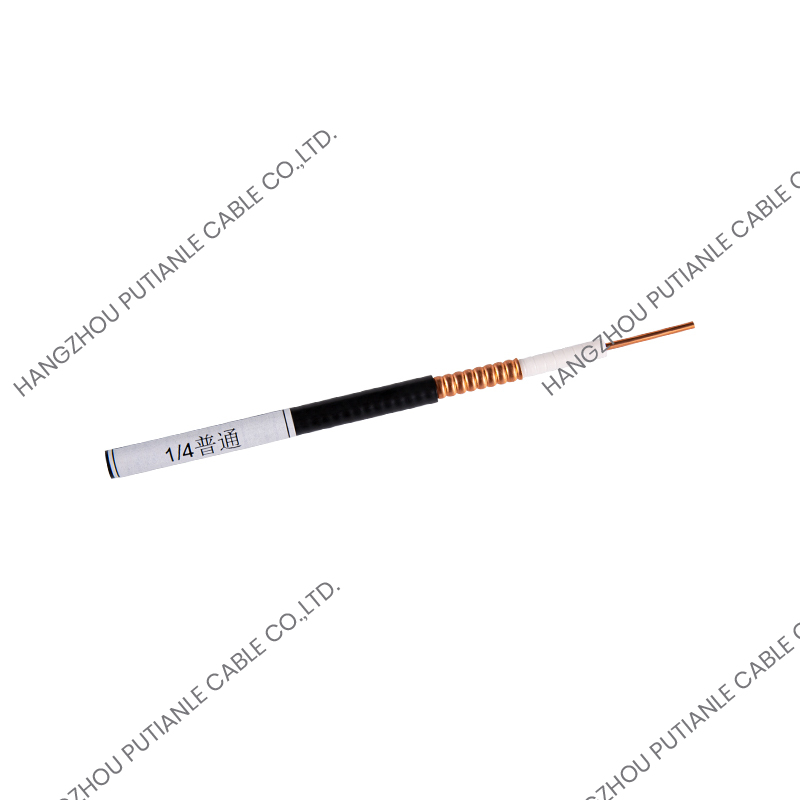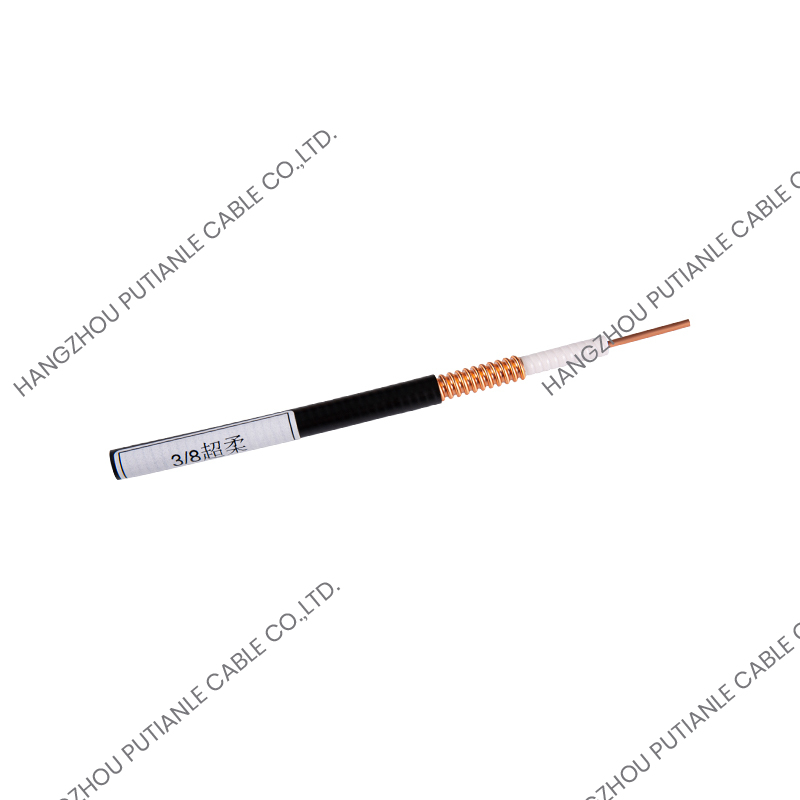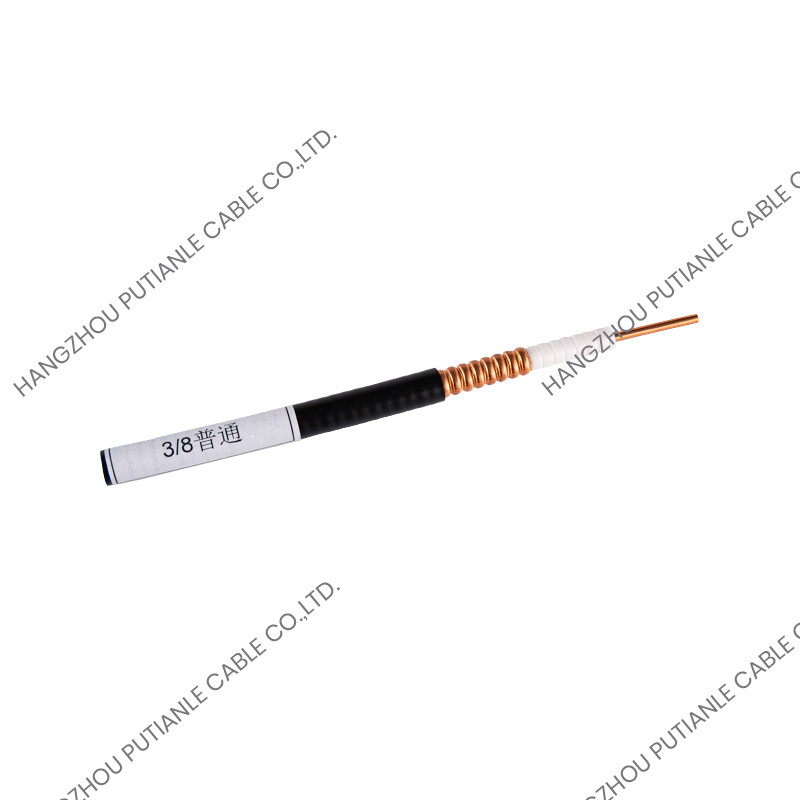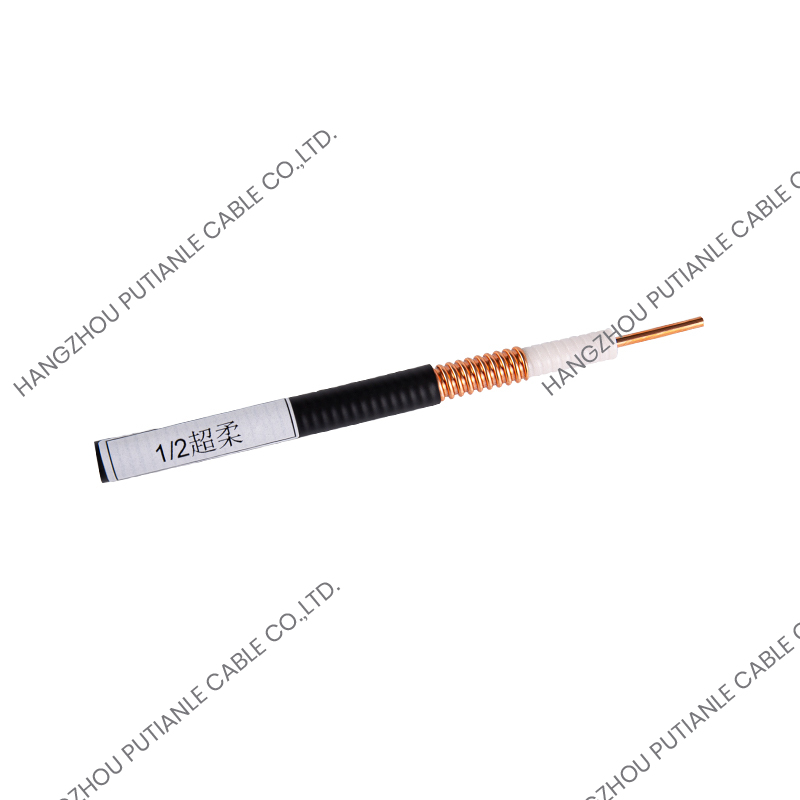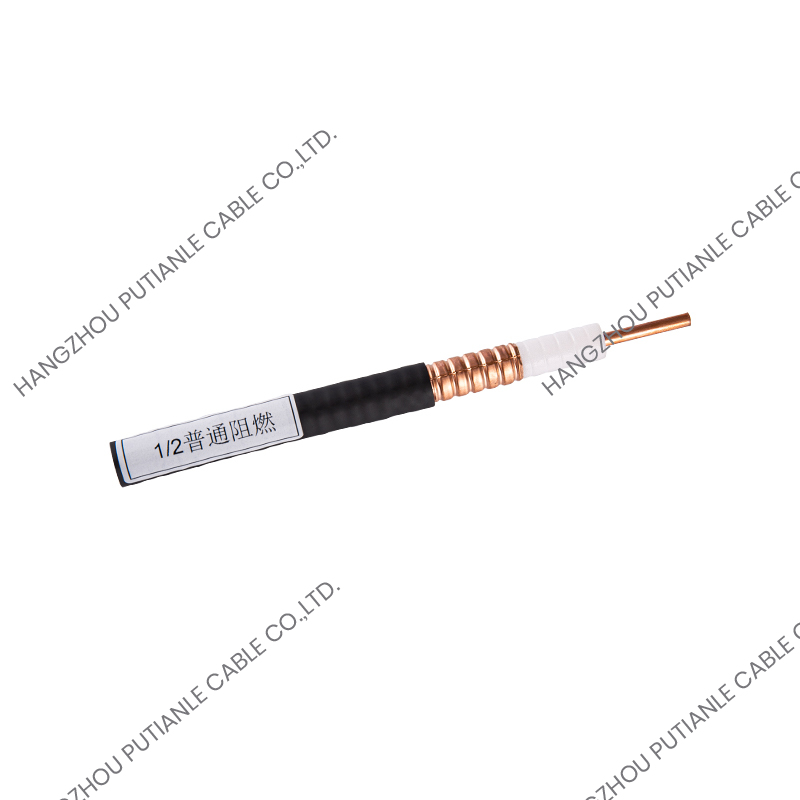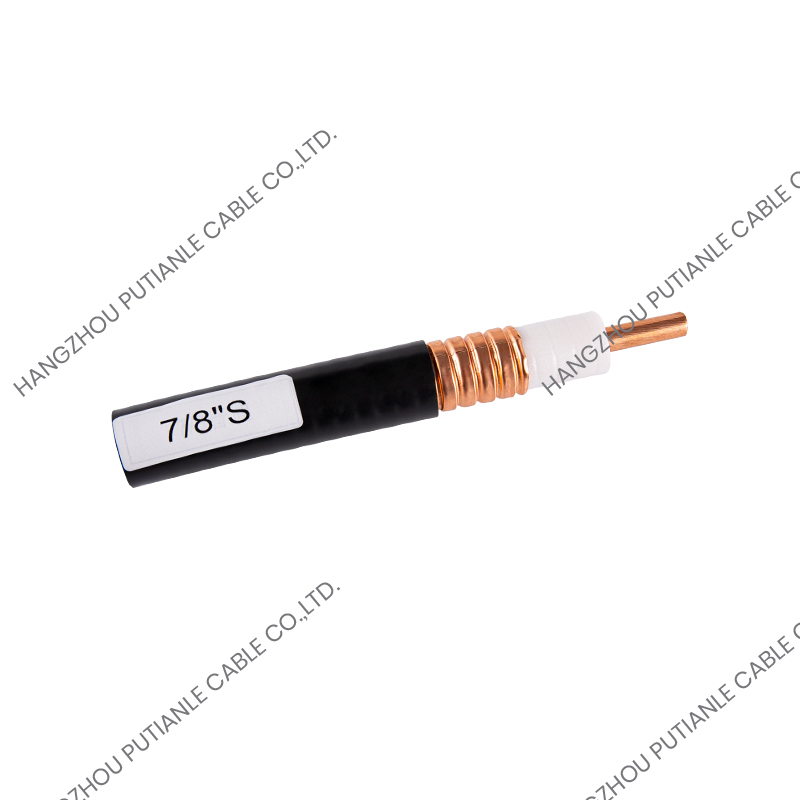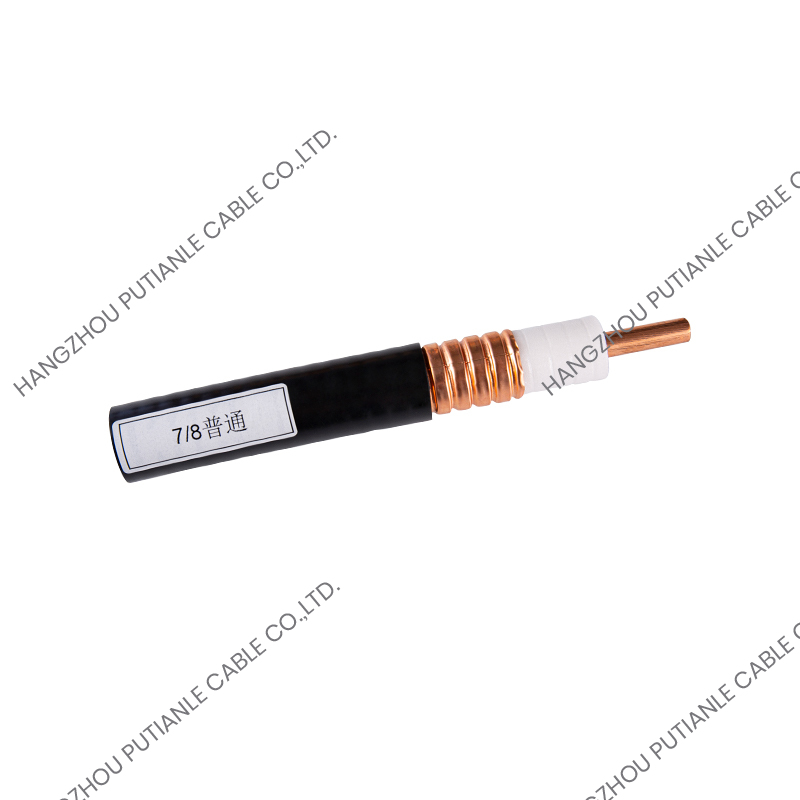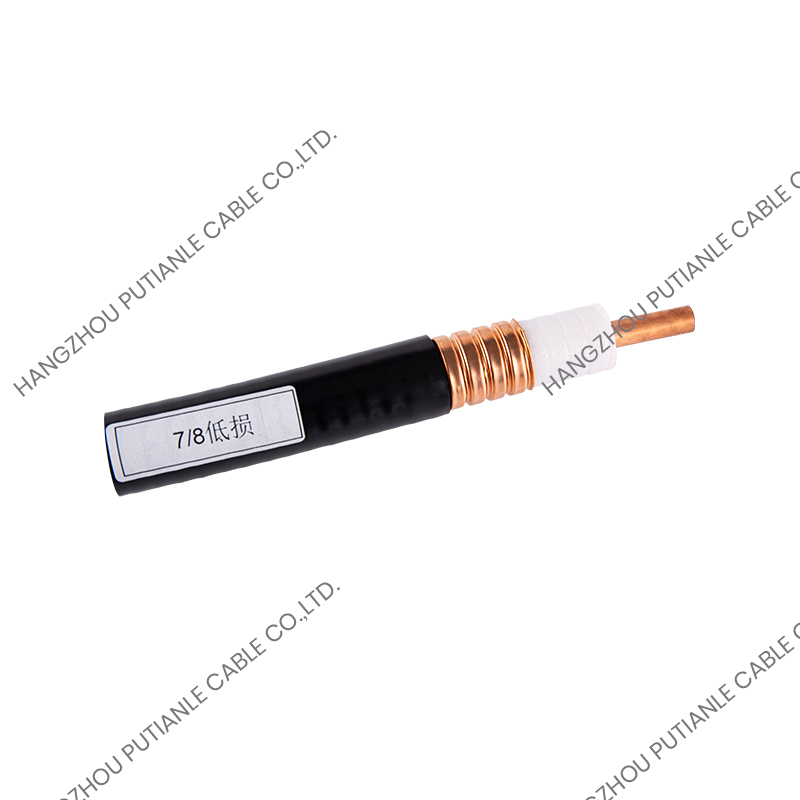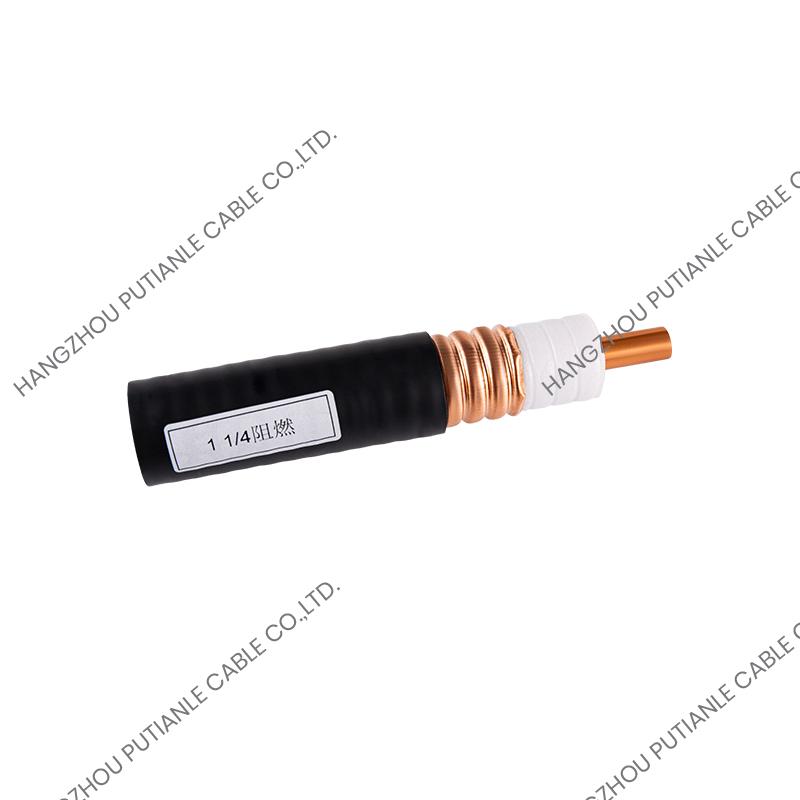In the realm of telecommunications, broadcasting, and video signal transmission, the choice of cable can significantly impact performance and reliability. Among the most widely used options are 75 Ohm RG Series braiding cables, known for their precise impedance, excellent shielding, and versatility. But why have these cables become the industry standard, and what makes them indispensable in modern signal transmission systems?
What Are 75 Ohm RG Series Braiding Cables?
75 Ohm RG Series braiding cables are a type of coaxial cable specifically designed for high-frequency signal transmission. The term “RG” stands for Radio Guide, a designation used to classify coaxial cables based on their construction, impedance, and performance characteristics.
Key components of these cables include:
- Center Conductor: Typically made of solid copper or copper-clad steel, which carries the electrical signal.
- Dielectric Insulator: Surrounds the center conductor, maintaining the 75 Ohm impedance and providing insulation.
- Braided Shielding: A layer of woven copper or aluminum that protects against electromagnetic interference (EMI).
- Outer Jacket: A protective layer of PVC, polyethylene, or other polymers that ensures durability and environmental resistance.
The combination of a controlled 75 Ohm impedance and braided shielding makes these cables ideal for television, video, and data transmission applications.
How Are 75 Ohm RG Series Braiding Cables Classified?
The RG series includes multiple variants, each tailored for specific uses:
-
RG-59:
- Commonly used in low-frequency video and CCTV applications.
- Flexible and suitable for short-distance signal transmission.
-
RG-6:
- Standard choice for cable television and satellite signals.
- Features thicker insulation and improved shielding compared to RG-59.
-
RG-11:
- Designed for long-distance signal transmission.
- Offers lower signal attenuation and superior performance over extended runs.
These variants allow engineers and technicians to select the appropriate cable based on frequency, distance, and environmental requirements.
Why Is 75 Ohm Impedance Important?
Impedance is a critical parameter in signal transmission, influencing signal integrity, reflection, and attenuation. A 75 Ohm impedance is standard for video and broadcast applications due to:
- Optimal Power Transfer: Minimizes signal loss over long distances.
- Reduced Signal Reflection: Ensures that transmitted signals reach the receiver with minimal distortion.
- Compatibility: Aligns with the design of most broadcast, CCTV, and home entertainment equipment.
Maintaining consistent 75 Ohm impedance is crucial for high-quality video and audio transmission.
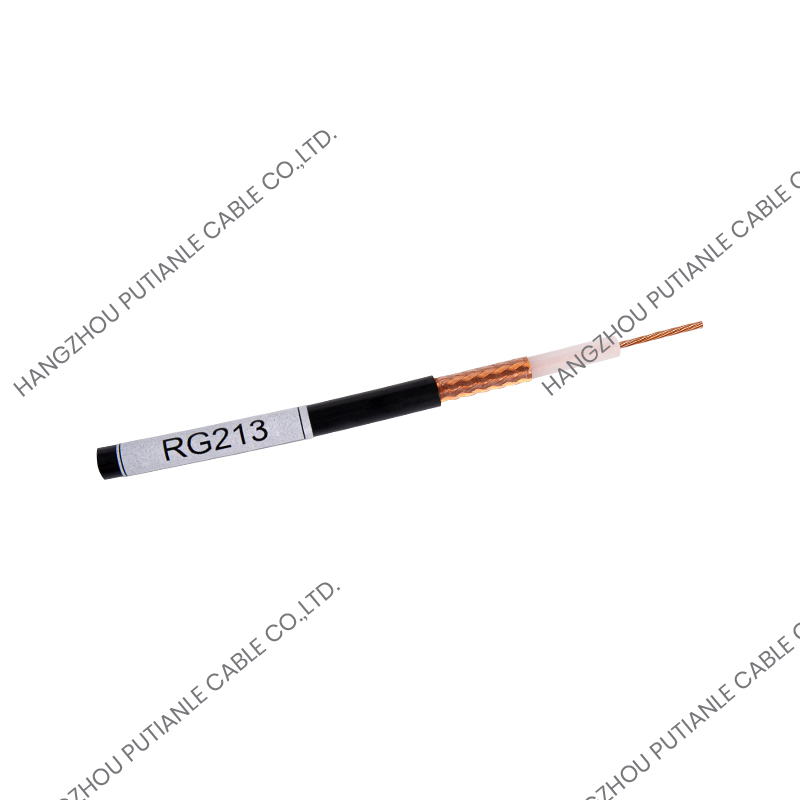
How Does Braided Shielding Enhance Performance?
The braided shielding in RG series cables plays a critical role in protecting signals from interference:
- Electromagnetic Interference (EMI) Protection: Shields the inner conductor from external electronic noise.
- Radio Frequency Interference (RFI) Protection: Prevents unwanted signals from degrading transmission quality.
- Durability: Braided shields improve mechanical strength and flexibility, reducing wear from bending or installation.
Some high-performance cables include dual or triple shielding, combining braided layers with foil to provide maximum interference resistance, especially in professional video and broadcast environments.
What Are the Advantages of Using 75 Ohm RG Series Braiding Cables?
75 Ohm RG Series braiding cables offer several benefits that make them ideal for professional and consumer applications:
- Superior Signal Quality: Maintains high-fidelity video and audio transmission.
- Versatility: Suitable for TV, satellite, CCTV, broadband, and radio frequency applications.
- Durability: Braided shielding and rugged jackets ensure long-term reliability.
- Flexibility: Easy to install in confined spaces and around corners.
- Wide Frequency Range: Supports both low- and high-frequency applications without significant signal loss.
These characteristics explain why RG series cables are the industry standard for broadcast and video applications.
Where Are 75 Ohm RG Series Braiding Cables Used?
The versatility of these cables makes them suitable for a wide range of applications:
-
Broadcasting and Television:
- Cable TV distribution and satellite signal transmission.
- Studio and professional broadcasting setups requiring high signal integrity.
-
CCTV and Surveillance Systems:
- Video transmission for security cameras and monitoring systems.
- Reliable over short and medium distances, depending on the RG variant.
-
Home Entertainment Systems:
- Connecting televisions, set-top boxes, and home theaters.
- Reduces noise and preserves picture quality.
-
Industrial and Data Applications:
- Connecting equipment in factories or technical setups that require low-loss signal transmission.
- Can carry broadband data and high-frequency signals for specialized applications.
By providing a reliable medium for signal transmission, RG series cables ensure consistent performance across diverse environments.
What Are the Environmental and Installation Considerations?
When selecting 75 Ohm RG series cables, environmental factors and installation practices are critical:
- Indoor vs. Outdoor Use: Some cables feature UV-resistant jackets for outdoor exposure.
- Temperature Resistance: Specialized insulation allows cables to operate in extreme temperatures.
- Moisture Protection: Outdoor-grade RG cables often include water-resistant jackets to prevent degradation.
- Bend Radius: Proper installation ensures that bending does not damage the braided shield or affect impedance.
Considering these factors ensures long-term reliability and minimal signal loss.
What Are the Challenges Associated with RG Series Braiding Cables?
While highly effective, RG series cables come with some considerations:
- Signal Loss Over Long Distances: Higher-frequency signals may experience attenuation without proper cable selection.
- Connector Compatibility: High-quality connectors are required to maintain 75 Ohm impedance.
- Mechanical Damage: Improper handling or repeated bending may compromise the braided shield.
- Installation Complexity: Professional installation may be needed for critical broadcasting applications.
Addressing these challenges ensures that RG series cables deliver optimal performance in all scenarios.
Why Are 75 Ohm RG Series Braiding Cables the Industry Standard?
The combination of precise 75 Ohm impedance, excellent shielding, and flexible design makes RG series cables essential for modern telecommunications, broadcast, and security systems. Their ability to maintain signal integrity over long distances and resist interference ensures high-quality video, audio, and data transmission, which is critical in professional and consumer applications.
Additionally, the availability of multiple variants, materials, and shielding options allows engineers to customize solutions based on performance requirements, distance, and environmental conditions.
Conclusion: Are 75 Ohm RG Series Braiding Cables Indispensable for Signal Transmission?
Absolutely. 75 Ohm RG Series braiding cables provide reliable, high-quality, and interference-resistant transmission across television, CCTV, satellite, broadband, and industrial applications. Their versatility, durability, and performance make them the preferred choice for professionals and consumers alike.
Ultimately, they answer a crucial question in modern signal transmission: How can we ensure consistent, high-quality, and low-loss signal delivery in a world of complex and high-frequency communications? With their precise impedance, robust shielding, and adaptability, 75 Ohm RG series braiding cables remain essential for reliable signal transmission in today’s interconnected world.


 中文简体
中文简体 English
English Español
Español
